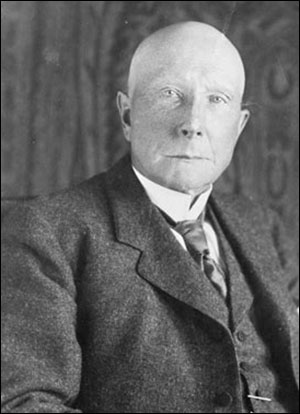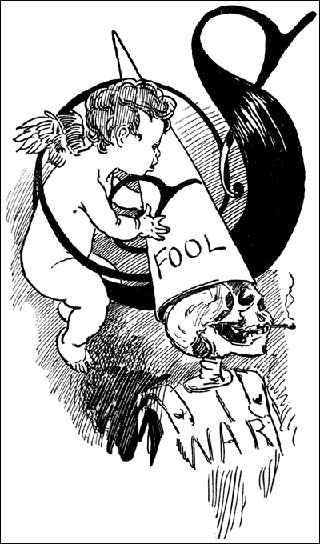In the Green Room at WCCO, waiting to go on Jason DeRusha's show and say some things. No idea what. Half an hour talking about . . . the media, I guess, or what I’m working on, or my brilliant career. Perhaps how every publication for which I’ve worked is gone. But not because of me! I swear.
Well, not gone in every instance, but moved to the internet. In some cases it's the same thing.
I haven’t been up here in years, since the last radio host who adopted me as a pet retired. Before that, the guy who had me on weekly moved to a national gig. (He is dead now, alas.) There was a local host I used to call a lot; he’s retired.
It’s remarkable how I’m still standing, particularly since I contribute nothing of particular importance. Perhaps that’s the secret.
I mean, I’ve been doing my job at the paper since 1997. This blog first went up in 1996. Those are the twin poles around which my creative life has revolved, ensuring a steady flow of productivity. I wonder what I would’ve thought if someone had told me “this is it. You’re locked in. It’s just more of this, forever.” I think I would’ve been fine with that. I say that because I am fine with that.
Lovely day. Feels very much like permanent spring, so I broke out my daffodil outfit: a yellow shirt with an absolutely matching tie. Figured I’d wear a shirt they could hear over the radio.
Well, the host just announced that I would be next. After all these years it’s still fun to hear one’s name over the radio. Time to go sing.
LATER. Went well! Will be back. Talked about the death of downtown and the end of print, a real knee-slapper convo, but I tried to keep it interesting. Jason's a great easy host and should reign in drive-time for the rest of his days.
Pushed the nap back a couple of hours, but I managed to sneak a half an hour in, then whipped up a Thai Red Curry with a fine salad.
While on the air we got a text from someone who worked for my dad at the station . . . in 1965. It's a small world and we're all two yesterdays away from a hundred years ago.
No, I don't know what that means, but it rolled right out of my fingertips so there it stays.
Our weekly recap of a Wikipedia peregrination. Expect no conclusion or revelations, but if you've been with us since this started next year, you know . . . sometimes we learn interesting things.
 |
|
|
 |
|
So! How do we get from here . . . |
 |
|
|
 |
|
. . . to there? |
 |
|
|
| |
|
|
This was a mystery.
It still is, in a way. I had to massage the search terms to get the story - “Rockefeller last seen” seemed to do it.
How would anyone know in 1906 that he had disappeared? A guy like that, he can buy his way out of the public eye with ease. Just take to his estate and refuse callers. Doesn’t mean he disappeared.
Oh ho, I’m right! Another search got me this.
Anyway, back to the cartoon. What I like is the spaceship. It takes a while before the slender tube with the pointed top takes over in the public imagination as the “rocket.” Who was this fellow? Charles Bartholomew, Journal cartoonist from 1890 to 1915.
At the time that he joined the staff of the Journal, political cartooning was just beginning to take root on the East coast, but few Midwestern newspapers had full-time cartoonists of their own. Starting in 1890, McClain and the young Bartholomew engaged in daily meetings to figure out what issue of the day should feature in his front-page cartoons. The illustrations published for the afternoon Journal often dealt with news right off the presses, and it was this, as well as Bartholomew’s wit and courage with the pen that made the cartoons so popular both in Minneapolis as well as other national papers and journals.
By the time Bartholomew left the Journal, the illustration department had expanded to a staff of seven and was known around the world for its biting cartoon editorializing of current events.
You can find some of his collected works at archive.org.
A name we’ve forgotten:
Wikipedia:
Emilio Aguinaldo y Famy was a Filipino revolutionary, statesman, and military leader who is the youngest president of the Philippines (1899–1901) and became the first president of the Philippines and of an Asian constitutional republic. He led the Philippine forces first against Spain in the Philippine Revolution (1896–1898), then in the Spanish–American War (1898), and finally against the United States during the Philippine–American War (1899–1901).
“Controversial figure,” says his wiki bio, due to Japanese collaboration in WW2.
Meant something at the time, of course:
Info:
The 1st South Dakota Volunteer Infantry served in the Philippines during the Spanish American War and the Philippine American War. It was formed from members of the South Dakota National Guard. The unit was mobilized on April 30, 1898. The unit included 46 officers and 983 enlisted men.
During its term of service, one officer drowned, 24 enlisted men were killed in action or later died from combat wounds, 35 were lost to disease, one died in an accident, and four men deserted.
South Dakotans, all the way in the Pacific. Wonder if any descendents of this war fought in WW2.
Not sure about this one.
But it's easy to find out.
In 1902, Funston returned to the United States to increased public opposition to the Philippine–American War, and became the focus of a great deal of controversy. Mark Twain, a strong opponent of U.S. imperialism, published a sarcasm-filled denunciation of Funston's mission and methods under the title "A Defence of General Funston" in the North American Review. Poet Ernest Crosby also wrote a satirical, anti-imperialist novel, Captain Jinks, Hero, that parodied the career of Funston.
|